Last year, on July 30th of 2023, our partners in Mexico, Amigos del Pixquiac (Friends of the Pixquiac River), joined for their 200th time to conduct one more Global Water Watch monitoring event at their beloved river. Accomplishing 200 monitoring events was an unthinkable milestone for Eduardo Aranda, who is one of the leaders of Amigos del Pixquiac and probably the GWW-Mexico monitor with the most records ever collected. I asked Eduardo to share with us some of his thoughts about reaching this milestone, and share memories and some of the many unforgettable moments he has lived while monitoring the Río Pixquiac. This is a loose translation of what Eduardo had to say about that event and his time monitoring with Amigos del Pixquiac:
It is a bit difficult for me to review and summarize the 200 water-monitoring events of the Pixquiac River in these 18 years that have passed since 2005. Because of the memories, the historical conditions, the personal circumstances, social problems, opportunities and even different emotions are certainly intermingled.
What I can say is that at that time, in the year 2005, a group of residents of Zoncuantla, residents of the Pixquiac River watershed, had the concern of being able to know or analyze the water quality of the river. The only alternative that we could recognize was to carry a sample of water to a private laboratory and request them to do some analysis, but without really knowing what tests should be or even how much it would cost us to do it, much less being able to obtain an interpretation when we had the results in our hands.
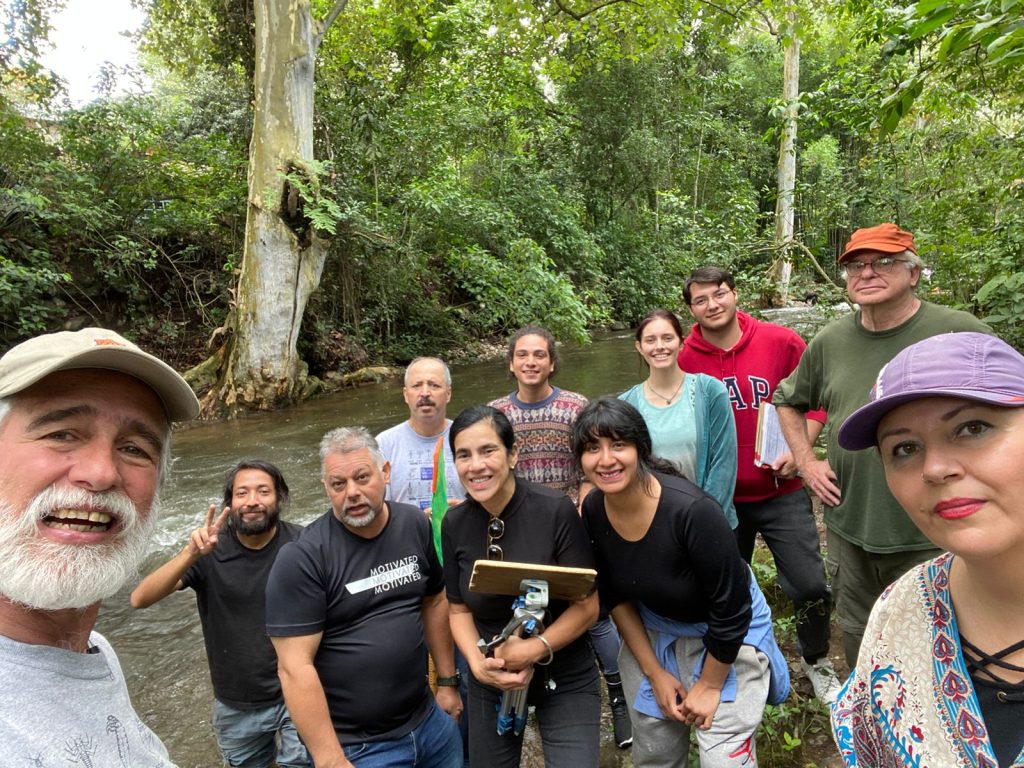
Eduardo Aranda (left) and a group of Amigos del Pixquiac while conducting the 200th water monitoring event at three sites in their river on July 2023.
It was in that August of 2005 that we attended an event, with the curiosity to listen to a series of conferences that were conducted at the Institute of Ecology in the Clavijero Botanical Garden in Xalapa. There, among other topics, we were able to listen to interesting talks by colleagues from the University of Auburn, in Alabama USA, with the special charisma of Dr. Bill Deutsch and Sergio Ruiz Cordova (Guatemalan).
During those conferences, we were presented with a novel and magnificent opportunity with which, ourselves as a community, could carry out not only one isolated analysis of the water, but many periodic samplings of our river and also be able to interpret and understand the results, and draw our own conclusions and care recommendations for our river. In addition to everything, the next day we began participating in a series of training sessions to certify us as “GWW Monitors”, in which we were lucky enough to conduct the fieldwork in our Pixquiac River…!
Bill Deutsch and Sergio RuizCórdova interpreting bacteria monitoring results at the first GWW training in Mexico in 2005, Eduardo Aranda taking photos.
That was the beginning, and our enthusiasm was capped with the generous donation of the Physical-Chemical Monitoring Kit, with which we already had everything we needed to begin monitoring, and that is how we started…!
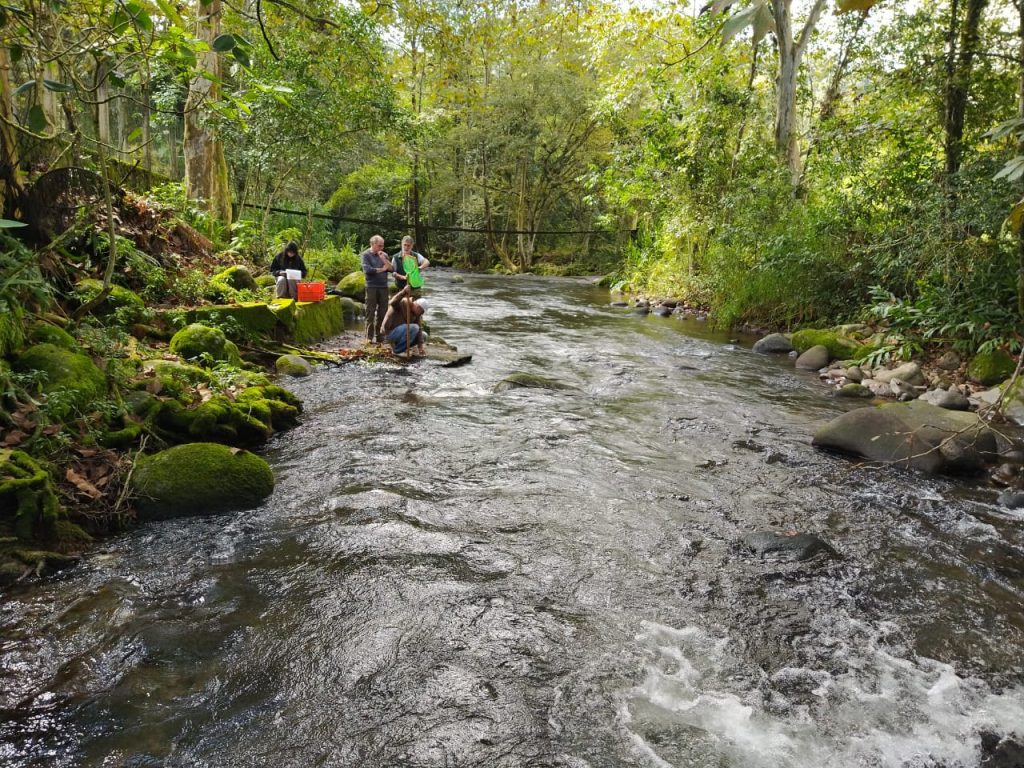
Beautiful view of the river during a water monitoring event of the Amigos del Pixquiac.
Our initial objective as Monitors was to be able to recognize and understand the quality of the water in the Pixquiac River when arriving at, and when leaving our community in Zoncuantla. A few months later, we were invited to visit Auburn, Alabama in the United States to learn other monitoring techniques and to meet other groups that had been carrying out these activities there for a long time. The trip opened our eyes to new opportunities, not only to continue learning but also to be able to share what we knew and teach to others in our country, as we became GWW Trainers.
After our return from the GWW headquarters in Auburn, we began conducting visits and trainings in other states: Chiapas, the State of Mexico, Oaxaca and other places. Those interactions allowed us to broaden our understanding of rivers, their similarities and differences, but above all, to meet many wonderful people with the same desire to contribute their time and effort to take care of our rivers.
I want to acknowledge the always kind and generous presence and unconditional support of Bill, Sergio, Eric Reutebuch, Mona Dominguez and many others in Auburn, as well as the companionship, support and determination of our colleagues in Xalapa. Many of whom not only have accompanied us to countless monitoring events of the three sites on the Pixquiac River, but together we saw ourselves with the opportunity and responsibility of starting Global Water Watch Mexico and thus being able to expand our reach and our influence everywhere we were asked to go.
I want to highlight that in all these 18 years of monitoring the Pixquiac River, we have had the opportunity to see the river in many, if not all of its presentations. From observing imposing and dangerous floods, moments of calm and wonderful beauty, to witness moments that we did not expect to see, with points and events of high contamination, to even periods and sections of the river, with the streambed completely dry, without a drop of water… In these 18 years, as a community we have experienced population growth problems, environmental threats, pollution attempts, as well as opportunities to enjoy a beautiful, healthy, and magnificent river that has given us beauty, peace, and gratitude. Without a doubt I can say that these 18 years have been a wonderful learning experience, of coexistence and personal growth, recommended for everyone and at any stage of our lives…!
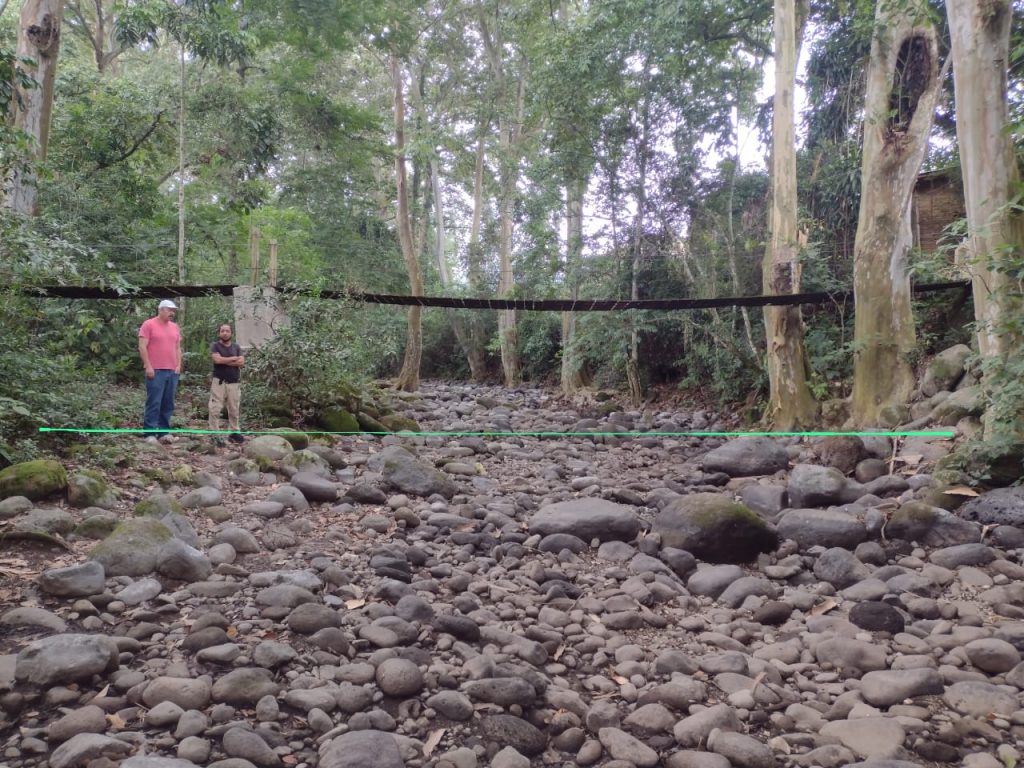
A sad view of the Pixquiac River during an unusual period of drought in 2023 .
This 200th monitoring event of our Amigos del Pixquiac was another highlight and testimony of the expansion of global environmental awareness and literacy through the Global Water Watch’s promotion of community-based, science-based watershed stewardship and water monitoring. Of course, there was a celebration with great food, fruits and drinks, as well as great conversation and camaraderie among the new and the seasoned Amigos del Pixquiac. In the end, there was a light of optimism in all the water monitors from Zoncuantla and Xalapa; there was a consensus that they are doing something good to keep their river alive and in good health. And that of course reminds me the last part of the AU WRC mission that proclaims to empower private citizens to become active stewards of water resources. GWW would like to commend the commitment of these exceptional water stewards, as very few have the dedication to achieve such an impressive milestone.


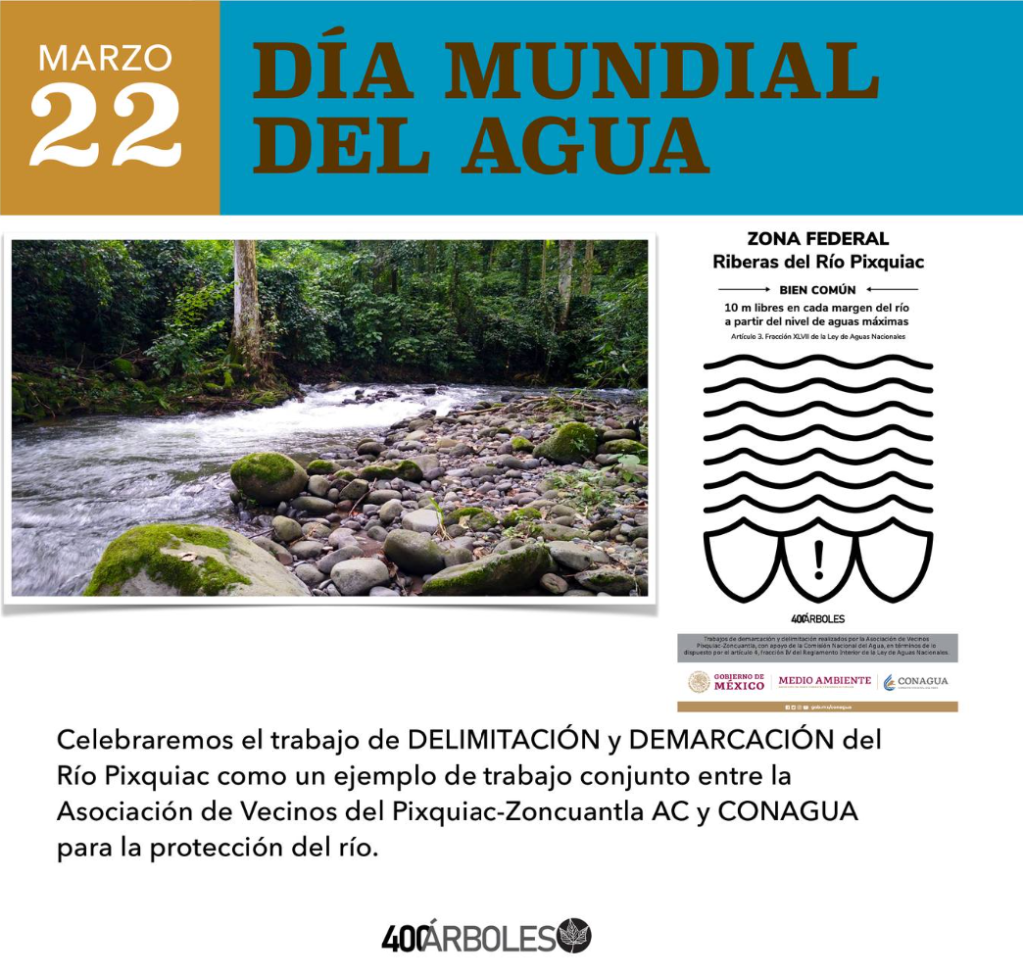
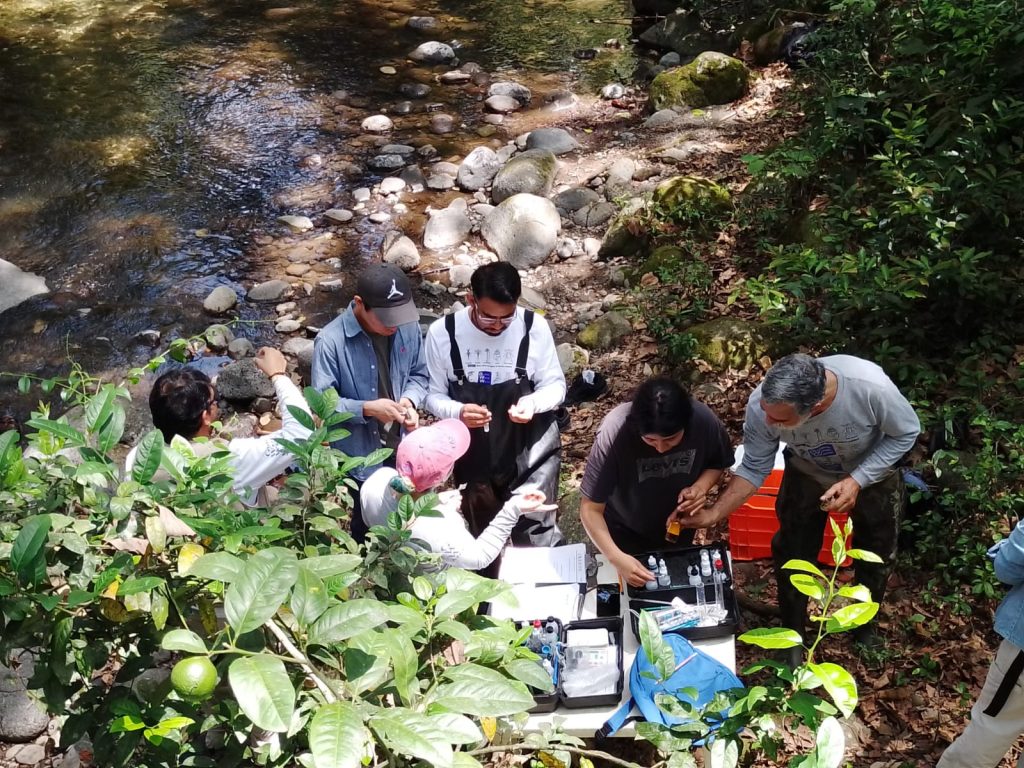

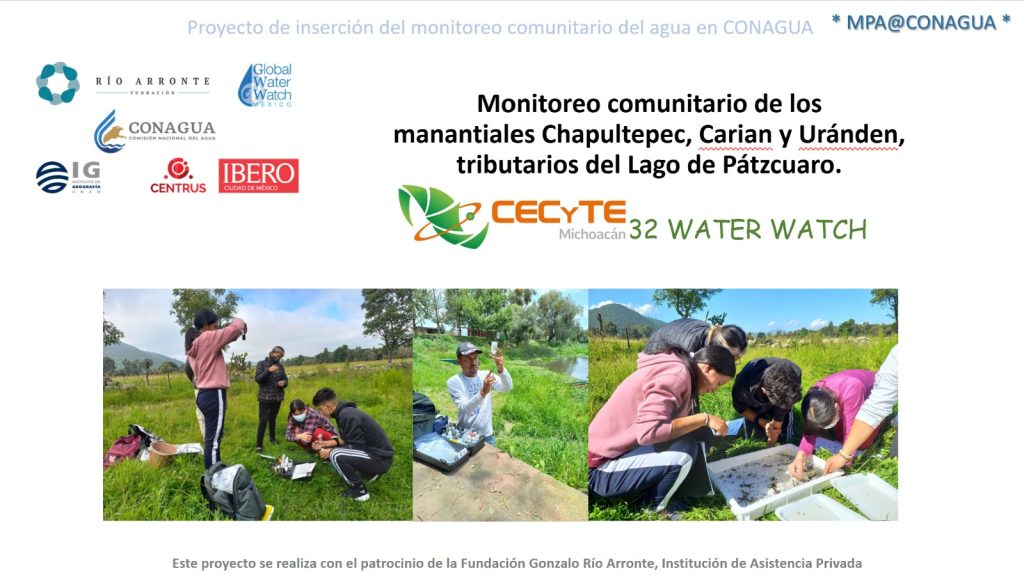
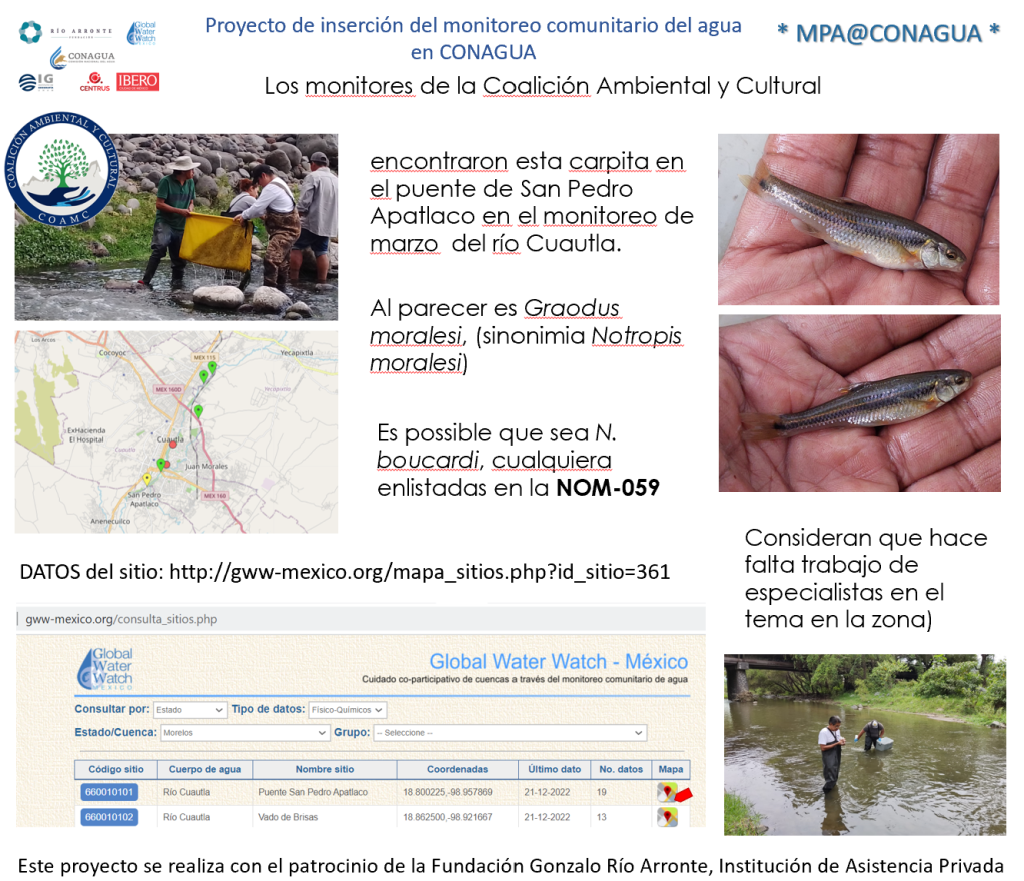

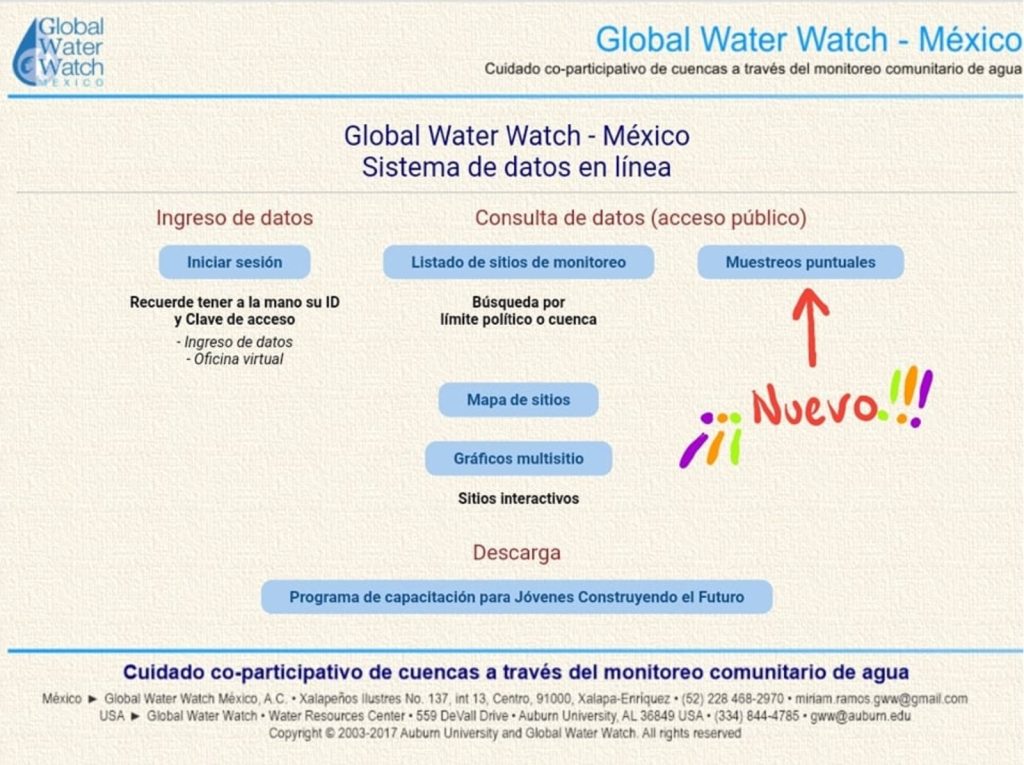
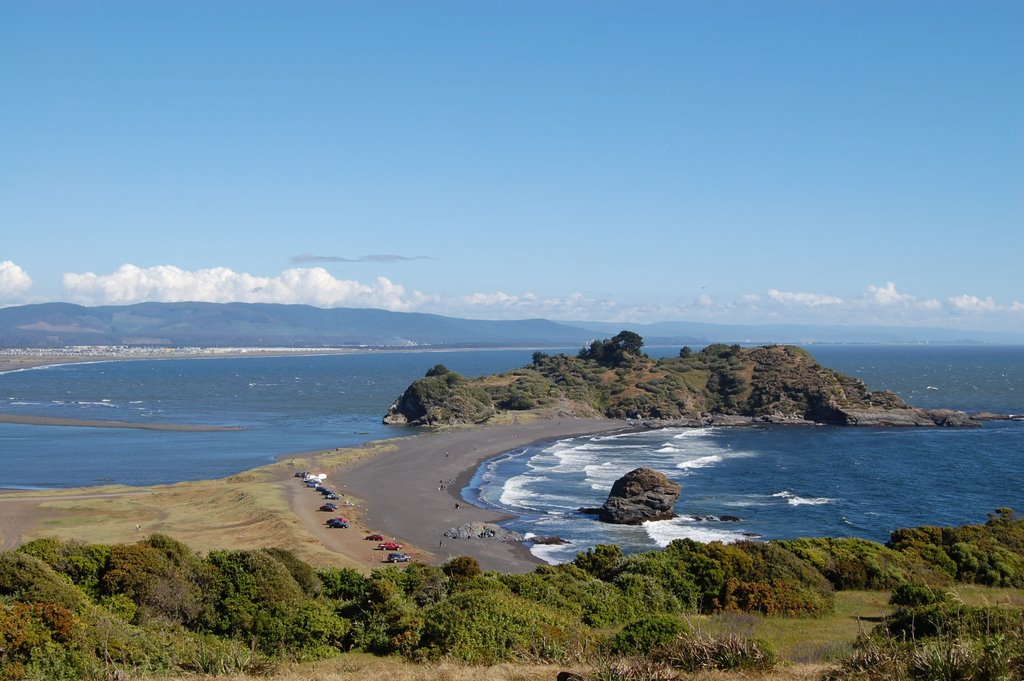
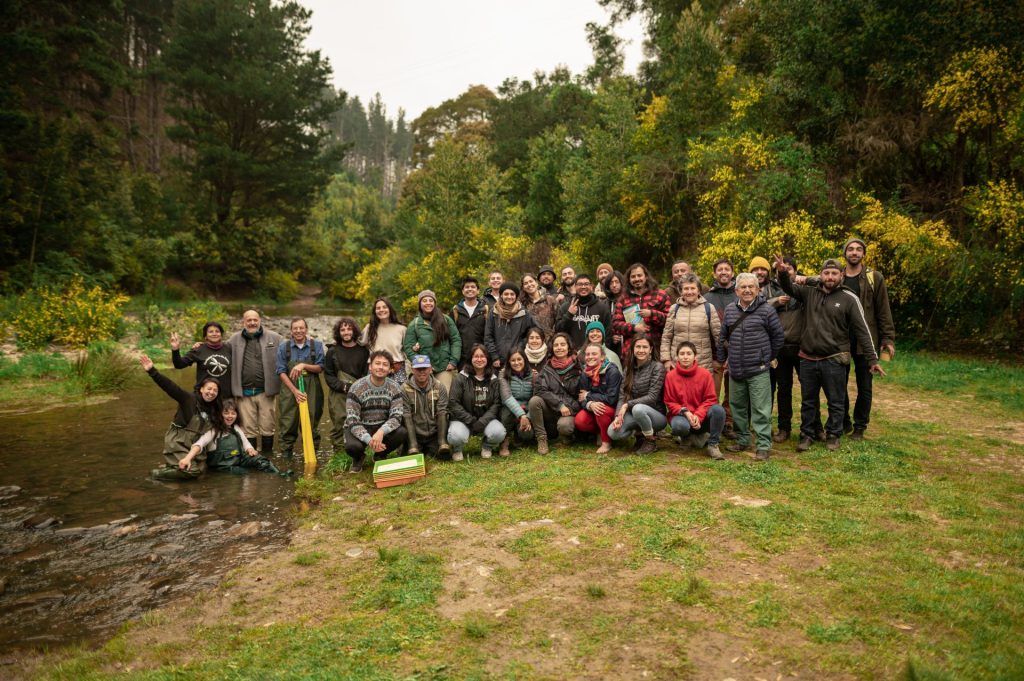
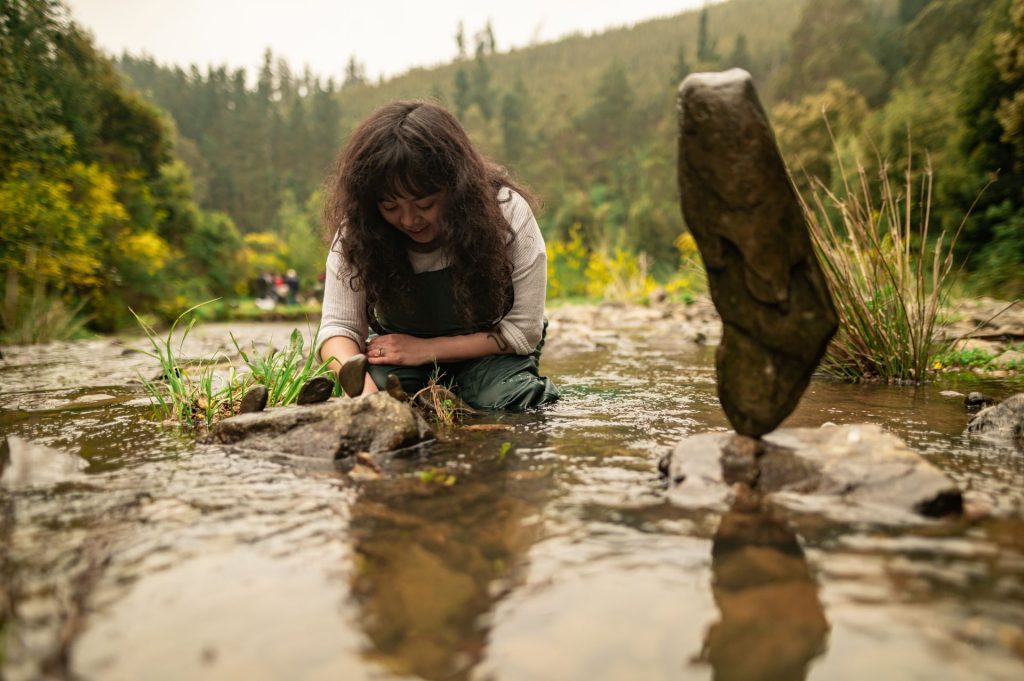


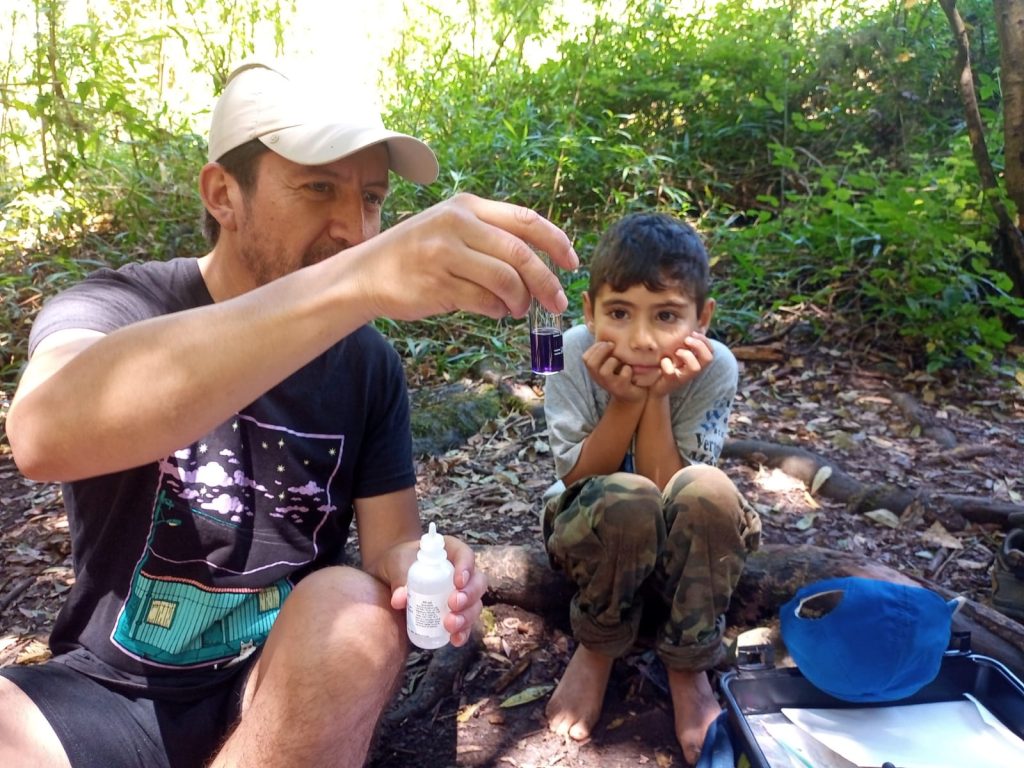
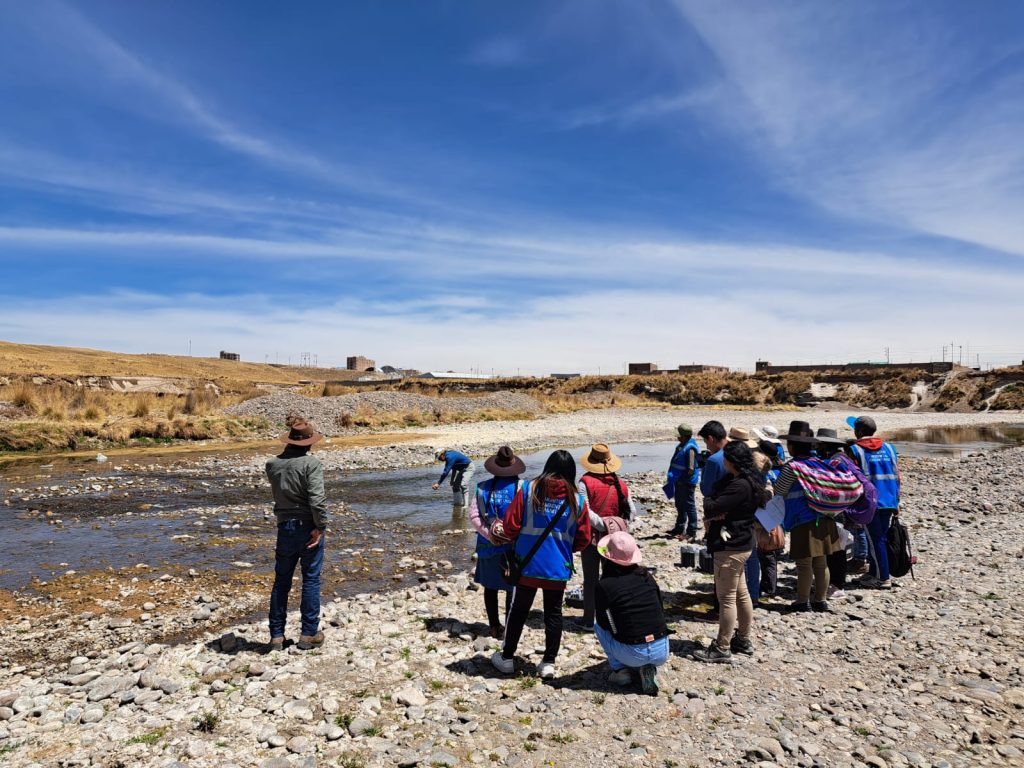
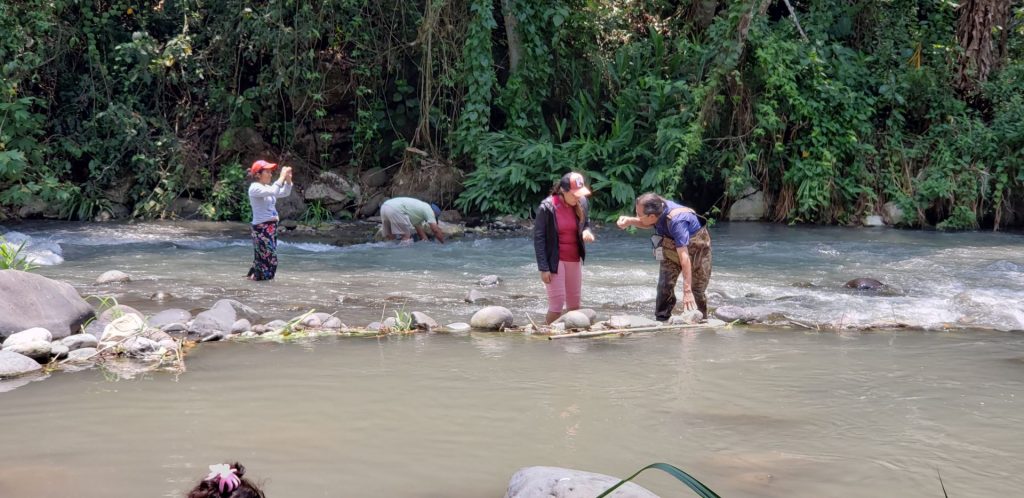
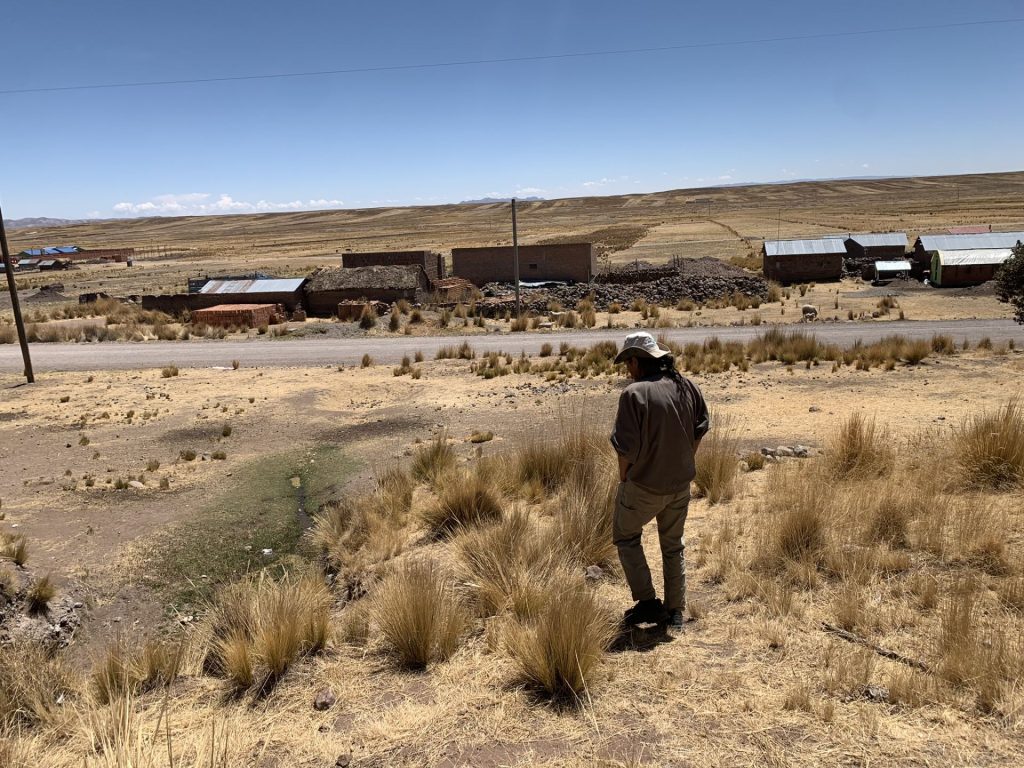

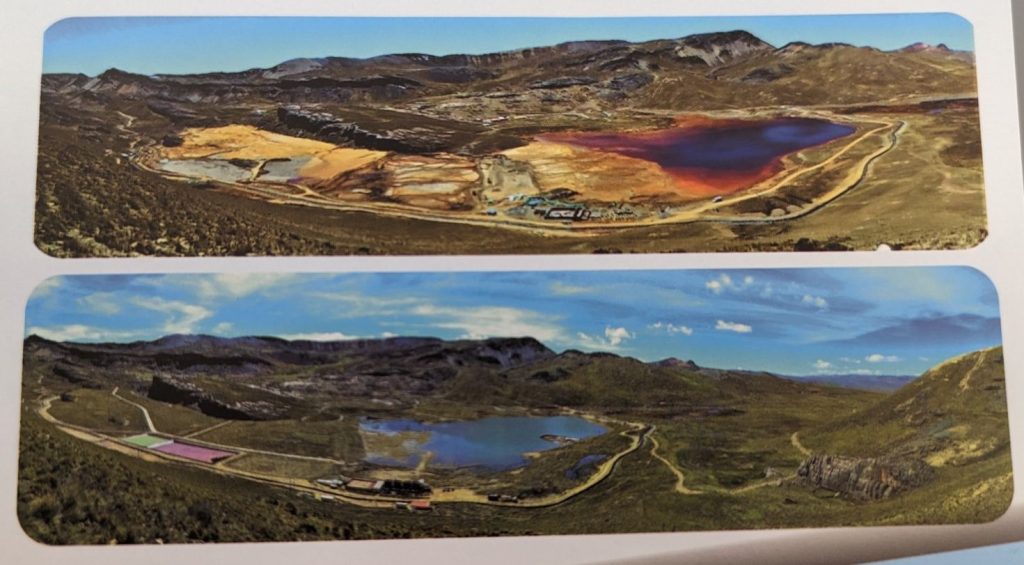
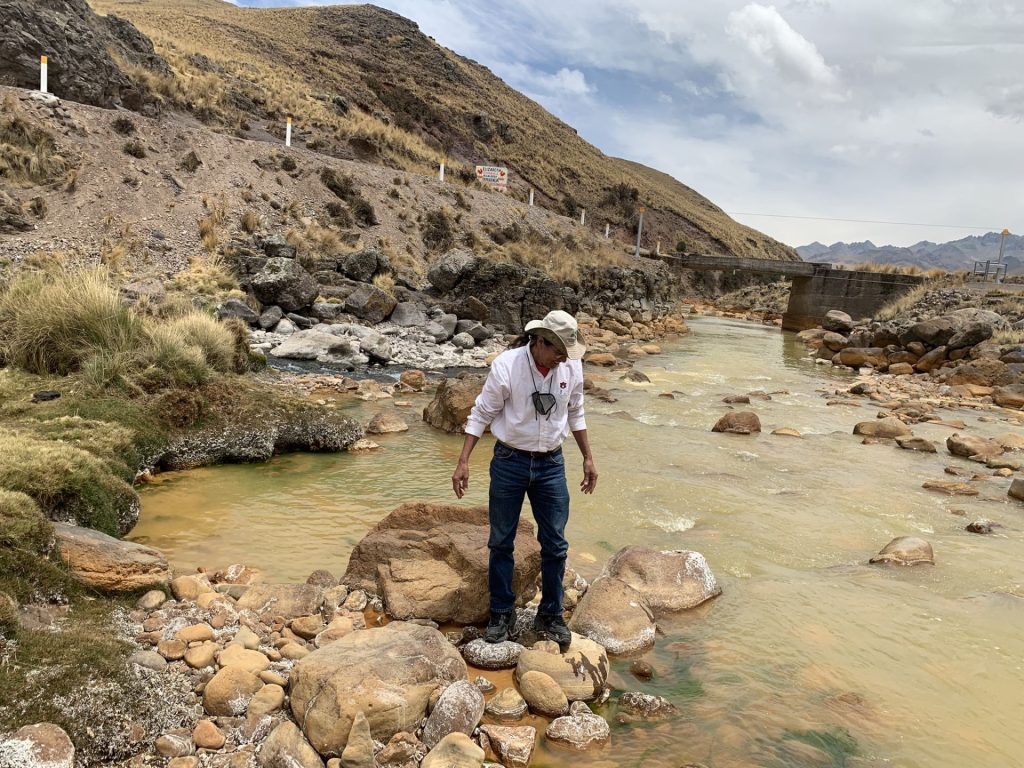
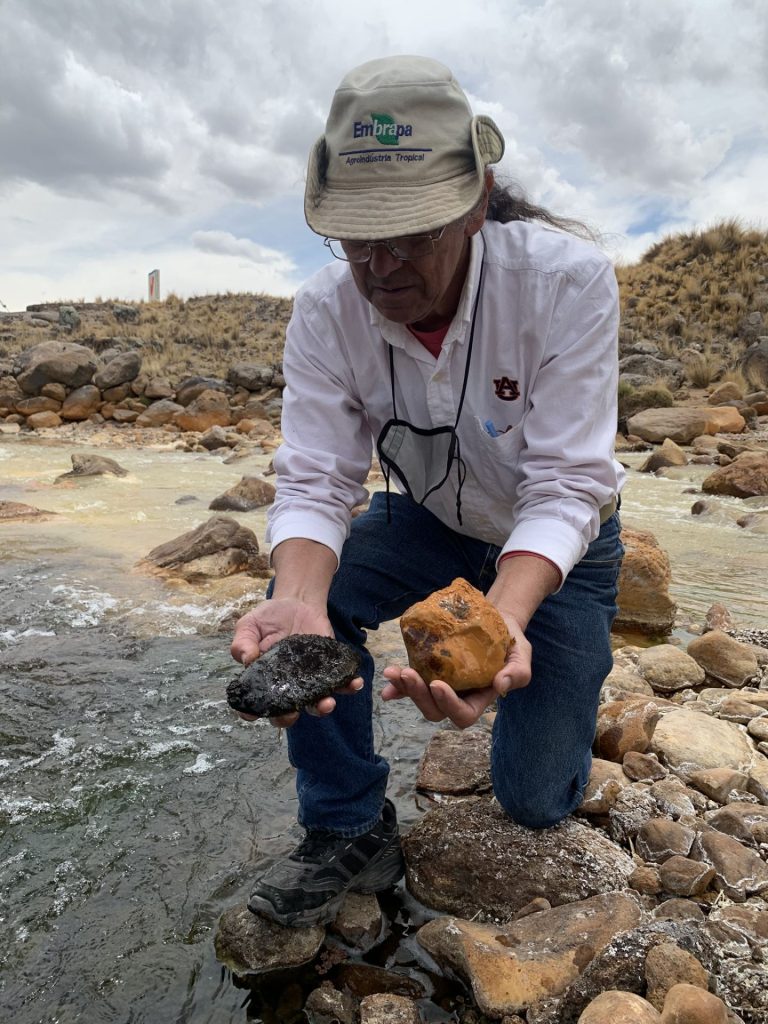



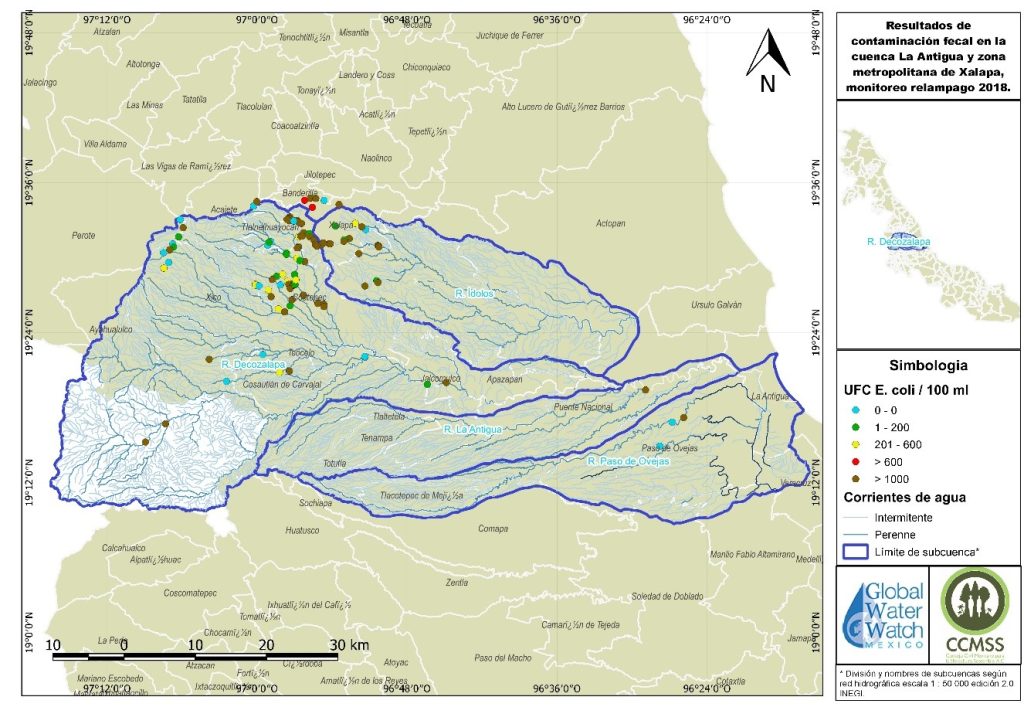



 The launch of the GWW online databases in the GWW website
The launch of the GWW online databases in the GWW website 
